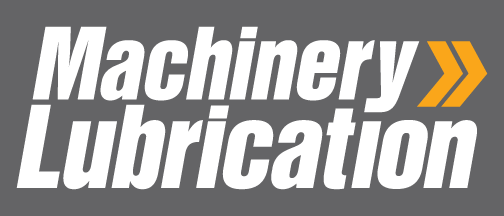×
Machinery Lubrication March 2025

Featured Article
The path a lubricant takes from refinement to deployment is a critical path, and any weakness along that path can compromise an entire lubrication program. A world-class lubrication reception and storage program represents the vital link between delivery and deployment, and it isn’t built on chance.
The most crucial part of any lubrication program is having a proactive process to identify and control contamination for vital equipment. By defining the contaminants commonly found in industrial equipment, a program can gain insight into how these contaminants enter equipment to better protect critical machines.
By detecting early warning signs of potential failure, PdM enables maintenance teams to address issues only when necessary, minimizing downtime and extending asset life.
By integrating ultrasound technology with lubrication best practices such as purging old grease and applying the correct amount of fresh lubricant, technicians can combine standard, time-based maintenance with condition-based, predictive maintenance, gaining a clearer picture of what's going on and better reliability.
Predictive maintenance (PdM) technology allows organizations to continuously track equipment health, detecting early warning signs of failure before they lead to costly breakdowns. However, real-time insights alone are not enough to achieve desired outcomes. Without a structured process to act on this data, maintenance teams risk missed interventions.
The pharmaceutical industry has seen an increasing interest in the use of food-grade lubricants. While these lubricants can be beneficial, several factors must be taken into account.



